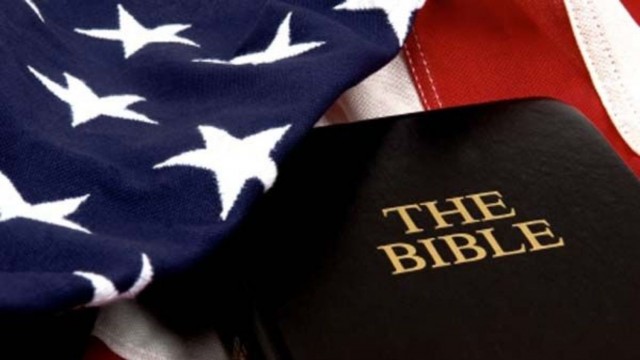There’s been a lot of media attention recently to the changing demographics of the United States, where, at current rates, people who identify as “white” are expected to become a minority by the year 2050 [3]. But in many ways, the shift in national demographics has been accelerated beyond even that. New data from the American Values Atlas shows [4] that while white people continue to be the majority in all but 4 states in the country [3], white Christians are the minority in a whopping 19 states. And, nationwide, Americans who identify as Protestant are now in the minority for the first time ever, clocking in at a mere 47 percent of Americans [5] and falling.
The most obvious reason for this change is growing racial diversity. Most Americans still identify as Christian, but “Christian” is a group that is less white and less Protestant than it has been at any time in history. The massive growth in Hispanic Catholics, in particular, has been a major factor in this shift in the ethnic and religious identity of this country. White Catholics used to outnumber Hispanic Catholics 3 to 1 in the 2000s, but now it’s only by a 2 to 1 margin.
But another major reason religious diversity is outpacing the growth of racial/ethnic diversity is largely due to the explosive growth in non-belief among Americans. One in five Americans now identifies as religiously unaffiliated. In 13 states, the “nones” are the largest religious group. Non-religious people now equal Catholics in number, and their proportion is likely to grow dramatically, as young people are by far the most non-religious group in the country. This isn’t some kind of side effect of their youth, either. As Adam Lee has noted [6], the millennial generation is becoming less religious as they age.
These changes explain the modern political landscape as well as any economic indicator. While not all white Christians are conservative, these changing numbers definitely suggest that conservative Christians are rapidly losing their grip on power. And while some non-white Christians are conservative, their numbers are not making up for what the Christian right is losing. And whether conservative leaders are aware of the exact numbers or not, it’s clear that they sense that change is in the air. Just by speaking to young people, turning on your TV, or reading the Internet, you can sense the way the country is lurching away [7] from conservative Christian values and towards a more liberal, secular outlook. And conservative Christians aren’t taking these changes well at all.

